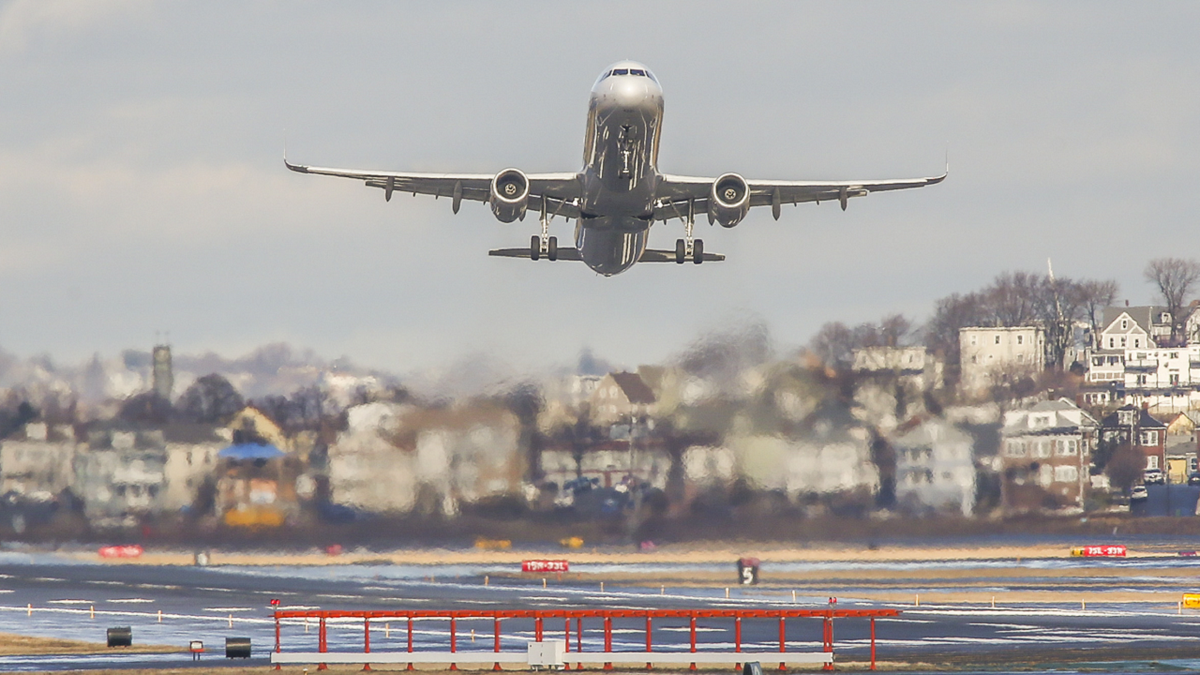Seizing the Moment: How Aviation Safety Can Take Off Now

Sarah Johnson
March 9, 2025
Brief
The U.S. aviation industry urges urgent safety reforms, modernization of air traffic control, and solutions to FAA staffing shortages, following recent accidents and ongoing infrastructure challenges.
America's aviation sector is grieving recent tragic incidents while calling for immediate action to shore up safety measures. Despite being the safest mode of transportation in the U.S., commercial air travel cannot afford complacency—there's always room for improvement. This year's aviation accidents have served as a wake-up call to modernize and fortify the system.
President Donald Trump and Transportation Secretary Sean Duffy’s commitment to addressing the stagnation in Air Traffic Control (ATC) modernization brings a glimmer of hope. Tackling these challenges, however, demands bipartisan resolve and persistent oversight by Congress to ensure the Federal Aviation Administration (FAA) acts with urgency.
In testimony before the House Transportation and Infrastructure Subcommittee, industry leaders called on Congress to focus on the FAA's staffing shortages and the dire need to overhaul outdated facilities and equipment. With 1,020 fewer Certified Professional Controllers in 2024 than there were in 2012—a 9% decrease—the need for action has never been clearer.
Expanding capacity at the FAA’s Oklahoma Training Academy and accelerating Air Traffic Enhanced Collegiate Training Initiatives could be game-changers. High-tech simulators that reduce certification time by up to 30% should be implemented, alongside virtual platforms and extended academy hours. Efficiency in training and hiring will be key, as will revising outdated curriculums and offering incentives for experienced controllers to stay on the job post-retirement.
Modernizing ATC technology is another critical step. Antiquated systems need to be replaced with cutting-edge tools to ensure safety and reduce inefficiencies. Investments should prioritize risk-based upgrades to systems like NOTAM (which alerts pilots to air traffic changes) and essential telecommunications networks. Aging infrastructure in high-traffic areas like New York City airspace should also be redesigned for smarter routing and rapid reroute capabilities.
A long-term fix to the FAA’s budgeting process is essential to enable consistent planning for capital projects. The current funding system—dependent on aviation fuel taxes, ticket taxes, and congressional appropriations—is unpredictable and forces aviation to compete with other discretionary budget items like housing and rail.
With the clock ticking, Congress, the administration, and the aviation community must come together to seize this moment for bold, decisive action. Let’s not squander this rare opportunity to enhance aviation safety and set new standards for the nation’s skies.
Topics
Editor's Comments
It's fascinating how the FAA’s Oklahoma Training Academy could play such a pivotal role in addressing staffing shortages. But a 50% failure rate in training? Yikes, that’s a red flag. Investing in better assessment tools is a no-brainer—let’s not waste time or resources on candidates who aren’t a good fit for such a critical job.
Like this article? Share it with your friends!
If you find this article interesting, feel free to share it with your friends!
Thank you for your support! Sharing is the greatest encouragement for us.



